Identify, source (if possible) and discuss the most important design element that can be implemented in a school library learning commons to optimally enhance inquiry-based learning.
There are so many elements that overlap and contribute to an optimal inquiry based learning commons. The learning commons is a space that exists both virtually and physically. Any library exists to serve its patrons. It is very important to determine the needs of the library and its patrons in both the current and future time frames. Once the needs, wants ands wishes of the library’s users are understood, the design elements can be used, to help encourage more inquiry in the library. I think that inquiry is so much about collaboration, so designing a space that encourages this is crucial. Trends and ideas about the learning commons are constantly changing and evolving. Especially technology ,blogs and online resources and information. Other things that are aiding learning commons in terms of increasing collaboration and inquiry are movable furniture and open and inviting spaces. I think the design element that I feel, is most important to foster inquiry based learning is a collaborative environment with access to up to date technology. This was echoed in our class readings from Lippmann in the Collaborative Spaces, Thoughtfully designed learning environments help students work together more effectively. Lippmann (2013) said, “The physical environment, the special design, and the information technologies must be planned to suppport a variety of collaborative spaces.”
I say that the technology must be up to date because so many learning commons I have seen have scarce technology and if they do have any they are old, outdated and slow. I think that a collaborative space is wonderful and so important but if the information and technology, or books available are outdated collaboration and inquiry learning will suffer.
When kids go into the learning commons it is every librarians wish they feel inspired to read, and to learn. The space should ideally be bright and open. Also important, the space should be flexible and fluid. Inquiry learning is often loud, messy and hands on. Everything in the learning commons should have wheels! The space should allow students to communicate freely, to engage with each other and offer many different ways for students to choose how to work. Students should be able to sit, stand or go to a quiet space. There are many different kinds of learners the space should reflect that.
I am very lucky to be in a pretty recently renovated space. It is very big, bright and open. We were able to add a whole other “room” to the space, opening it up significantly. This allowed for more books, more furniture and in turn more collaboration. All of the furniture has wheels on it and can move easily. There are tables and chairs, cushioned furniture, rocking chairs, high stools and other cozy furniture that all contribute to the collaborative environment. We also have separate meeting rooms, a computer and green screen room, a teacher resource room and an “office” space for the librarians and tech. Proabably my favourite part is the huge windows that go around the entire room with forrest views. It’s a really beautiful space and I know I feel excited to go in.
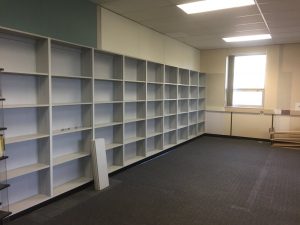
After room was opened up.
Our LLC also has a beautiful check out desk that usually features are monthly contest and our book return bin. It is really a focal point of the room.
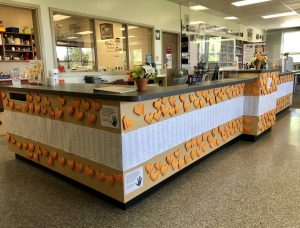
Circulation desk
Our team works hard and collaborate to make displays, contests and activities around the LLC.
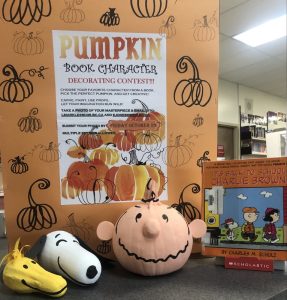
October contest

Display and our view:)
There is a white board in the room and a projector. besides the computer lab we have two iPad carts, and laptop carts that we are responsible for booking for the students and staff. We also have iPads avaialable at all times for the students to use to search the LLC catalog and other quick searches. We also have a blog that is updated regularly with tons of digital respources available to students and teachers alike. Some of these resources include: digital access to WorldBook Online encyclopedia, Universalis Junior French digital encyclopedia, a green screen, TumbleBooks library, EBSCOHost database, Sora and the districts recommended search engines.. The LLC space’s versatility has allowed for one-to-one, small group, and large group teaching, research sessions, community social gatherings, staff meetings, PD events, science expositions, guest speaker presentations, student research, clubs, class library period, and many other events. Covid did slow things down a lot but this year things have definitely picked up.
Here are some resources I found that might be useful when researching what an ideal inquiry/collaborative space could look like:
- This is the BC Teacher Librarian association’s website. They have so many resources around the learning commons as a collaborative space as well as up to date digital resources, links videos and so much more.
http://Learning Commons. (2021, July 04). Retrieved November 3, 2021, from https://bctla.ca/resources/library-learning-commons/
- The following resource “Reimagining Library Spaces, Transforming Your Space on Any Budget” by Diana Rendina offers information, steps, and practical suggestions for re-designing an LLC on both the large and small scale level.
Resource:

image by www.renovatedlearning.com
Table of contents: https://cdn.iste.org/www-root/conference_med/TOC/TOC-4005.pdf
- This is a YouTube video from the Saanich School district about how they were switching over to a more collaborative learning commons approach. I think it is so useful and inspiring to see what other districts are doing and to get ideas for my own space.
https://www.youtube.com/watch?v=7ftD_V_tDsQ
References:
Learning Commons. (2021, July 04). Retrieved November 3, 2021, from https://bctla.ca/resources/library-learning-commons/
Library to Learning Commons – YouTube. https://www.youtube.com/watch?v=7ftD_V_tDsQ.
Lippman, P. C. (2013). Collaborative spaces. T H E Journal 40(1): 32-37.
Rendina, D. L. (2017). Reimagining library spaces: Transform your space on any budget. Portland: International Society for Technology in Education.
Discuss the aspects of inquiry design (or re-design) that you find the most rewarding and the most challenging.
I feel that the most challenging part of inquiry design is what Barbara Stripling calls the Wonderstage where students are asked to generate possible questions for research. Jean Donham describes this aspect of inquiry as active intellectual exploration. What I find difficult is leading the students to ask the right questions and to think on a deeper level. Donham explains that:
“Posing questions lies at the heart of any inquiry-based assignment.” (Donham, 2011)
This is a very important step in the inquiry process. I feel like if the wrong questions are focused on, the entire inquiry process is dead in its tracks, before it even begins. Also, weak questions lead to a weak project, or understanding. Teachers must explicitly teach students to develop research questions as opposed to fact-gathering questions. Students need to be provided with planned opportunities and have someone model the types of questions that require deeper thinking. I appreciate the importance of allowing students the freedom to ask questions and what they want to learn about. What worries me, is the process may highlight the academic levels of the lower achievers. Creating a culture of inquiry is essential in helping the students to grow into creative and critical thinkers. The process of leading the students to ask good questions comes from an established culture of inquiry. My concern is how well they are able to ask the deeper-level questions that guide the inquiry process. As a teacher librarian, this will mean having less control over the lesson and the expected outcomes. In general, what is challenging, is the scope of the commitment to taking on inquiry-based learning. Time is something that we do not have enough of, so its critical to spend it early on in regards to teaching how to formulate deep thinking questions. Also, to integrate asking deeper thinking questions, into our everyday practice and across subjects.
“All across the country educators are working toward inquiry. It may seem as if other people have this transformation down pat and are way ahead of you. Don’t get discouraged.” (Maniotes and Kuhlthau, 2014)
Inquiry-based learning requires teachers to make big changes to their professional practices. But it can also be small, incremental change. As a teacher, it is so powerful to see students immersed in inquiry learning. They are so motivated to learn and in many cases will go above and beyond what is expected of them because of their motivation. A lot of satisfaction comes from seeing the students being successful and demonstrating an enjoyment in learning. Learning becomes more meaningful to them and allows them some agency in their own learning. They get excited about a topic that they can explore on their own, in a supportive environment. This is supported by Maniotes and Kuhlthau in their article entitled The Shift, From Traditional Research Assignments to Guiding Inquiry Learning.
“Inquiry provides the emotional satisfaction of building personal knowledge and sharing learning. Studies found that students’ interest increased when they build personal knowledge and that they experience emotional satisfaction in sharing their learning with others in the class.” (Maniotes and Kuhlthau, 2014).
In conclusion, although I feel like explicitly teaching how to formulate questions to be the most challenging, I have startegies on how to improve on this. From, teaching it early on in the year, to incorporating and modelling it every day in my practice and across subjects and areas. I feel like the more practice I get formulating questions, and modelling this to my students (and sharing with other teachers) the more we all benefit and get stronger in this area. When we ask better questions, the whole inquiry process in eleveated and out products or projects, and understanding expand. I do not have to change my whole teaching philosophy or practice, sometimes it takes small every day tweaks to make a big difference.
References:
Donham, J. (2011). Assignments worth doingLinks to an external site.. School Library Monthly. 28(2): 5-7
Maniotes, L. K. & Kuhlthau, C. C. (2014). Making the shiftLinks to an external site.. Knowledge Quest 43(2): 8-17.
Stripling, B. K. & Harada, V. H.. (2012b). Designing learning experiences for deeper Callison, D. & Baker, K. (2015). Elements of information inquiry, evolution of models, & measured reflectionLinks to an external site.. Knowledge Quest 43(2): 18-24.
The 5 Key Steps for Helping You Ask Good Questions [Infographic]. (n.d.). Retrieved November 7, 2021, from https://blog.futurefocusedlearning.net/ask-good-questions-infographic
PART TWO:Most inquiry models are colonial constructs. How can you use indigenous ways of knowing to indigenize an existing inquiry model?
By integrating and embracing Indigenous ways of knowing into our teaching practice, we can enable learning and accessibility for all students. “Indigenizing” the curriculum or inquiry does not mean changing everything. Often times it can’t be done with small changes. Inquiry learning and Indigenous ways of knowing have a lot of similar parallels. Teachers can use Indigenous ways of knowing in their every day teaching practice that will help all of their students.
Teachers are finally being trained to address all of their learners unique learning styles as well as, their cultural heritage, when they develop plans for lessons. Resources like, The Aboriginal Lens – Education for Reconciliation (2017) developed by the BC Teachers’ Federation are helpful tools to use when planning lessons or units. This framework is designed to help teachers challenge the current, established systems of belief that support Eurocentric practices that have historically silenced other ways of knowing and being. The lens focuses efforts and can be used to examine and assess policies and practices. The framework also works to address the needs of the collective and the community, as well as providing teachers and students a reference guide. All of the points laid out in the document are straight forward and demonstrate how they are important for both students and teachers to use. Reconciliation takes the work of everyone in our community and country. All students will benefit from participating.
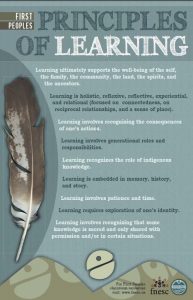
I like to use the First Nations Principles of Learning (2020) as a reference in my classroom. I think the points laid out in it are very straightforward for teachers and students to use. I also think each point is very connected to inquiry learning. For example, “Learning requires exploration of one’s identity,” this point is also true for inquiry. Students learn based on their own identity. It is also crucial for teachers to understand students, their identity, their likes and preferences in order for them to design lessons and units for them to learn. Another principles states, “ Learning involves patience and time” again the same can be said for inquiry learning. Students learn when they are ready to. Inquiry learning recognizes that not all students learn at the same time the same way that Indigenous ways of knowing does. This principle directly enables learners and makes learning accessible because it recognizes the learner as an individual much like inquiry learning does. The First Nations Principles of Learning are very much aligned with inquiry learning and when used consistently will help all learners in the classroom.
Kathy Sandford, Lorna Williams, Tim Hopper, and Catherine McGregor (2012), in their work Indigenous Principles Decolonizing Teacher Education: What We Have Learned, lay out the differences between traditional learning in schools and traditional learning in indigenous communities. The points laid out by the authors above point out Indigenous “ways of knowing” and are consistent with that of inquiry-based learning:
- Learning is emergent
- Focus on students and teacher interaction
- Learning happens in many locations, inside and outside the school; classroom can be noisy
- Students construct knowledge through gathering and synthesizing information
- Students work in pairs, groups, or alone depending on the purpose of the activity
- Assessment is used in context to promote and diagnose learning
- Learners are guided to find their own solutions and answer their own questions
- Students evaluate their own learning; teachers also evaluate; teaching and assessing are intertwined
- Students have multiple opportunities for success and quiet recognition
- Students have some choice of learning activities and topics
- Approach is compatible with multi- and inter-disciplinary investigation
These points are interchangeable with inquiry learning. Teachers sometimes get overwhelmed thinking that using Indigenous ways of knowing is like adding another component to their already overwhelming teaching load. When in fact, many times it is something they are already doing, like when using inquiry based methods of learning. I think it is still important for teachers and students to be cognizant of Indigenous ways of learning. However, one does not have to ‘reinvent the wheel’ in order to do so.
Although, Indigenizing the curriculum can be done with small tweaks, teachers still need to be thoughtful and constantly asking themselves where they Casanova make changes. Indigenizing the curriculum or inquiry does not mean adding a one off lesson. It means considering Indigenous perspectives and ways of knowing into every part of the curriculum. That means science, math, art and every lesson. Teachers also need to collaborate with the larger Indigenous community and collaborate. It means bringing in speakers and knowledge holders when possible. It means understanding the land you are on, the history and the people who have lived on it for thousands of years.
I found an artist who makes info graphics all about Indigenizing education and the curriculum. His graphics make the process seem less daunting and offers easy steps educators can make. He has made a lot of these, from Indigenizing the classroom, to elder protocols and more. These images are something teachers could share with each other, help guide their practice or even share with students.

Image from Drawingchange.com
While our country works through its horrible history and the devastating impacts felt from residential schools and the Truth and Reconciliation act, teachers must recognize Indigenous ways of knowing. By using First Nations Principles of learning, and working through decolonizing the curriculum we are enabling ALL students to learn. Inquiry learning and Indigenous ways of knowing do not mean ‘more work’ for students and teachers. Many instances it is something we are already doing. However, we need to be aware of this important way of knowing and learning and recognize its importance. Teachers and students who are non-Indigenous benefit immensely from Indigenous ways of knowing. We are also responsible for ourselves and our role in Truth and Reconciliation.
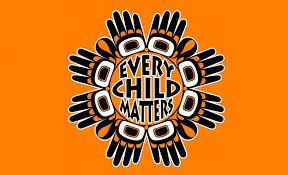
References:
Antoine, A., Mason, R., Mason, R., Palahicky, S., & France, C. R. (2018, September 05). The Need to Indigenize. Retrieved November 7, 2021, from https://opentextbc.ca/indigenizationcurriculumdevelopers/chapter/the-need-to-indigenize/
BC Teachers’ Federation. (2017). The Aboriginal lens: Education for reconciliation. In Aboriginal Education. Vancouver, BC: BCTF.
First Peoples Principles of Learning. (2020, September 14). Retrieved October 10, 2021, from http://www.fnesc.ca/first-peoples-principles-of-learning/Antoine, A., Mason, R., Mason, R., Palahicky, S., & France, C. R. (2018, September 05). The Need to Indigenize. Retrieved November 7, 2021, from https://opentextbc.ca/indigenizationcurriculumdevelopers/chapter/the-need-to-indigenize/
Indigenizing Teacher Education – Supported by Graphic Recording. (2019, December 07). Retrieved November 7, 2021, from https://drawingchange.com/indigenizing-teacher-education-supported-by-graphic-recording/
View of Indigenous Principles Decolonizing Teacher Education: What We Have Learned: In education. (n.d.). Retrieved October 10, 2021, from https://ineducation.ca/ineducation/article/view/61/547
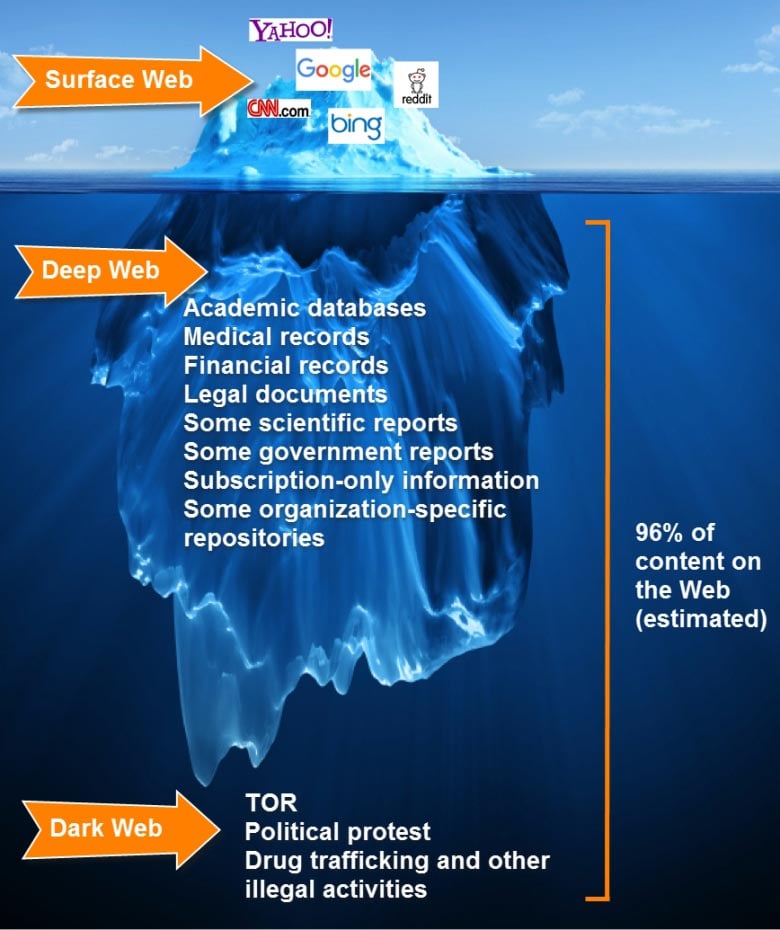



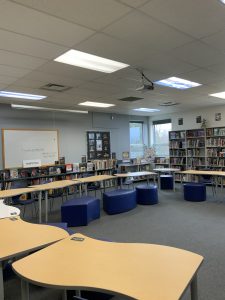


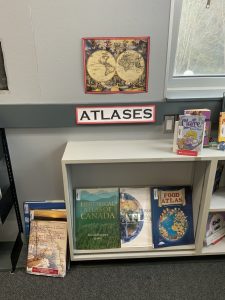

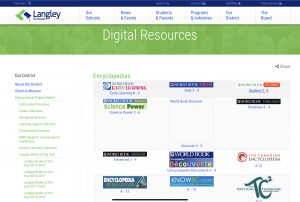
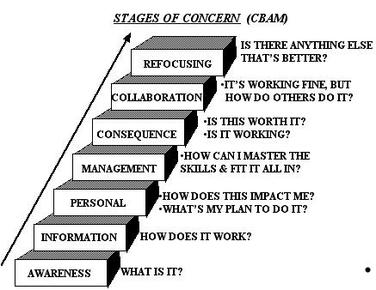
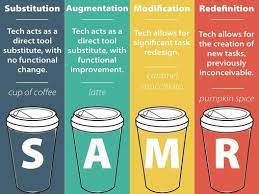
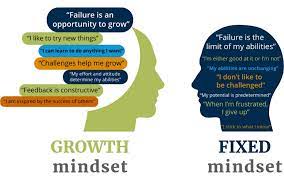
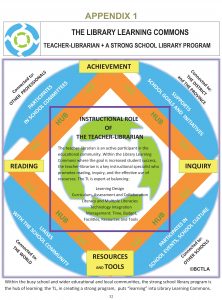

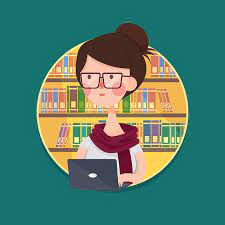
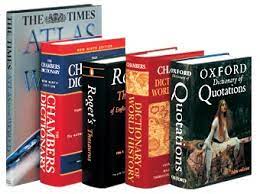
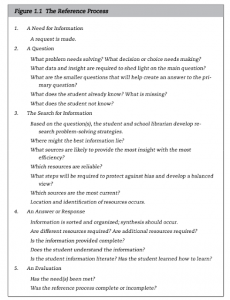








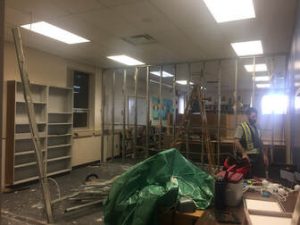
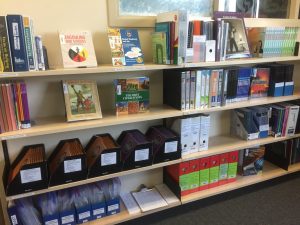




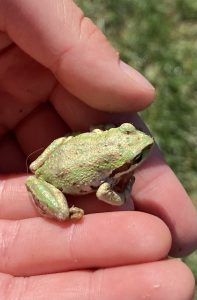
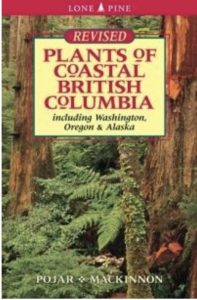
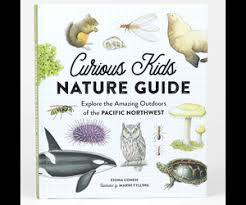

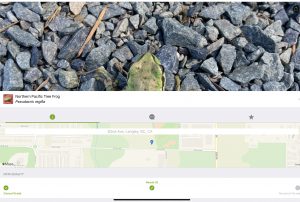
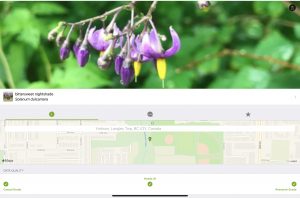

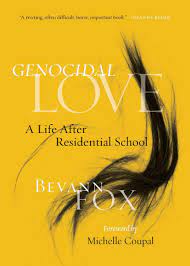 , while more news was coming out about children being found in residential schools. I was of course thinking about what I can do this fall to help my staff and students in regards to this news. At first, my inquiry was how can I use digital sources and resources to help support reconciliation? I was a little overwhelmed because there are so many sources out there. I began by creating a curation of digital books that focused on residential schools. They are all mostly picture books but could most definitely be used for ANY age. The books are fantastic and as mentioned before they are all authentic and mostly local, Indigenous books that will be very helpful to support Orange Shirt Day, or any day throughout the year.
, while more news was coming out about children being found in residential schools. I was of course thinking about what I can do this fall to help my staff and students in regards to this news. At first, my inquiry was how can I use digital sources and resources to help support reconciliation? I was a little overwhelmed because there are so many sources out there. I began by creating a curation of digital books that focused on residential schools. They are all mostly picture books but could most definitely be used for ANY age. The books are fantastic and as mentioned before they are all authentic and mostly local, Indigenous books that will be very helpful to support Orange Shirt Day, or any day throughout the year.
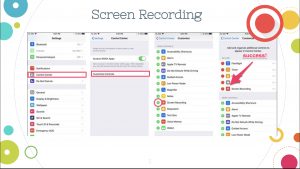 With a few touches of a button I was ready to record. It took me a few tries to get it right. But otherwise it was pretty seamless. I think I really just had to get over my own ego and the thought that this had to be perfect. I came to realize that a lot of digital resources I may create in the future may not be perfect either. But, as long as I am learning, growing, reflecting and serving my school, perfection is not the goal. I think there is a lot of pressure to be perfect because of the permanent nature of our digital footprint. But I will remember to balance it out with realistic expectations. Otherwise, I feel like I could get stuck rewriting and overthinking even the simplest post!
With a few touches of a button I was ready to record. It took me a few tries to get it right. But otherwise it was pretty seamless. I think I really just had to get over my own ego and the thought that this had to be perfect. I came to realize that a lot of digital resources I may create in the future may not be perfect either. But, as long as I am learning, growing, reflecting and serving my school, perfection is not the goal. I think there is a lot of pressure to be perfect because of the permanent nature of our digital footprint. But I will remember to balance it out with realistic expectations. Otherwise, I feel like I could get stuck rewriting and overthinking even the simplest post!